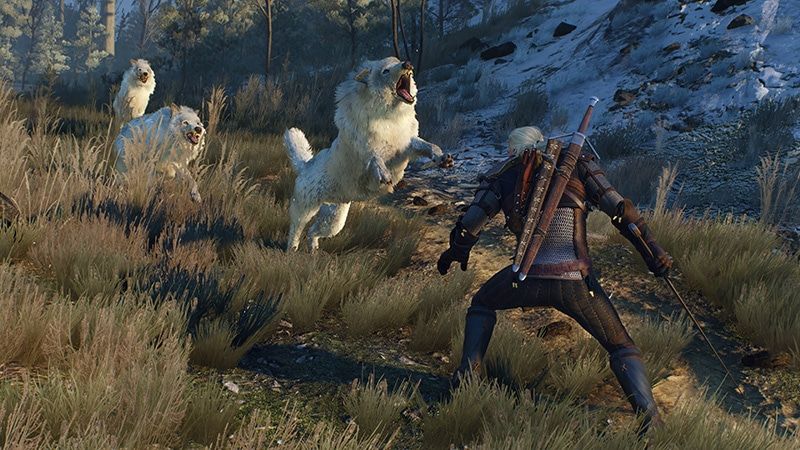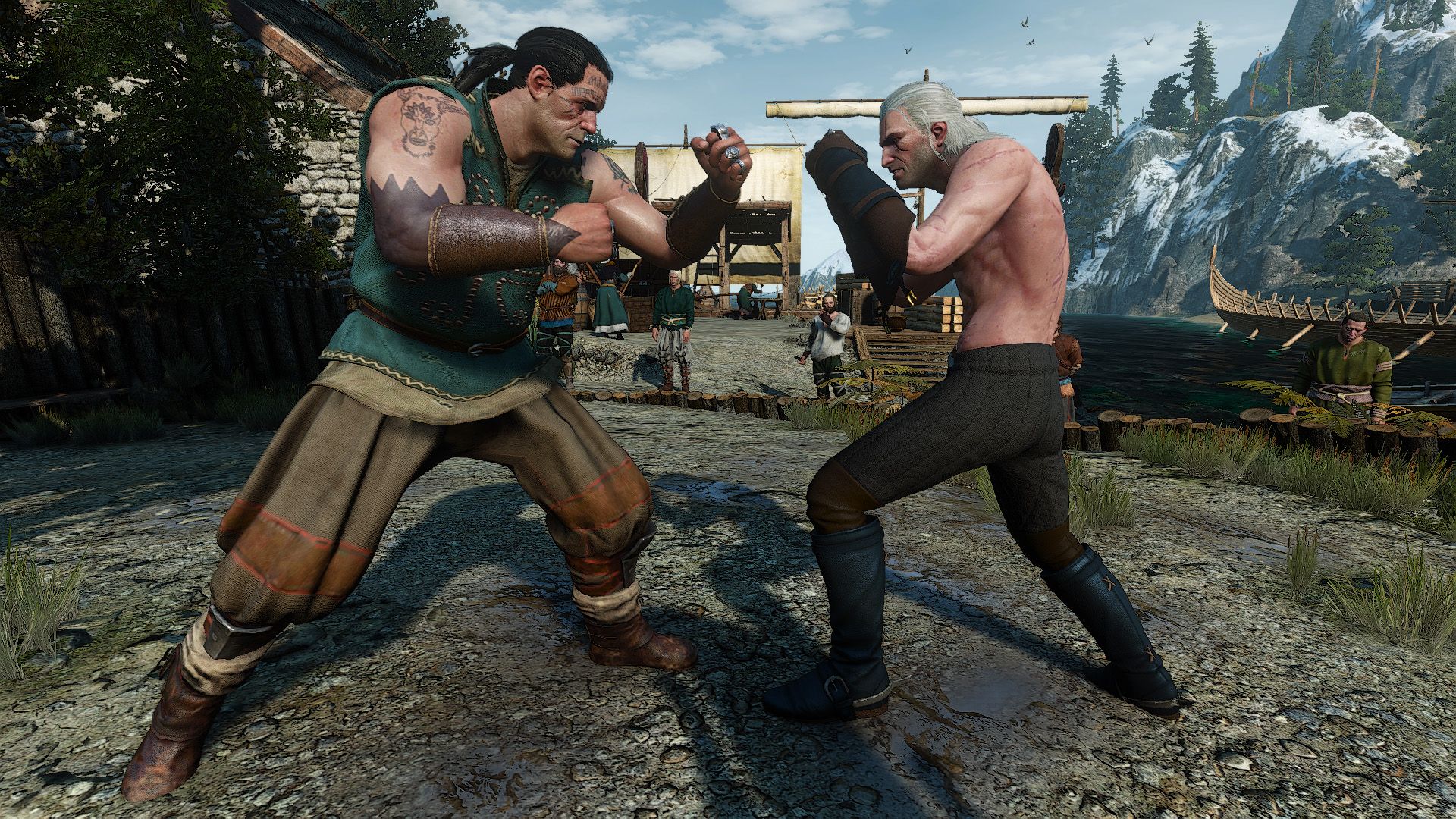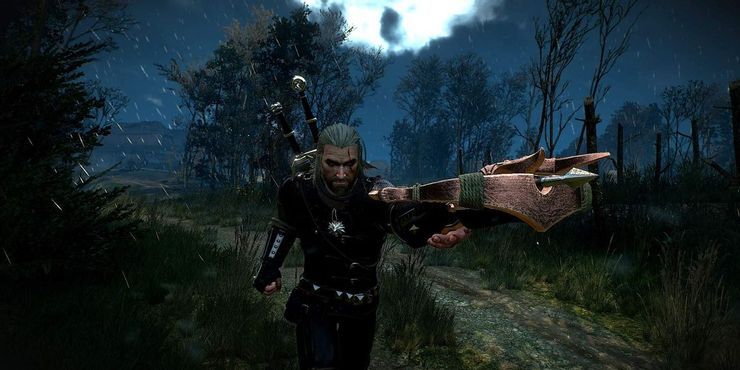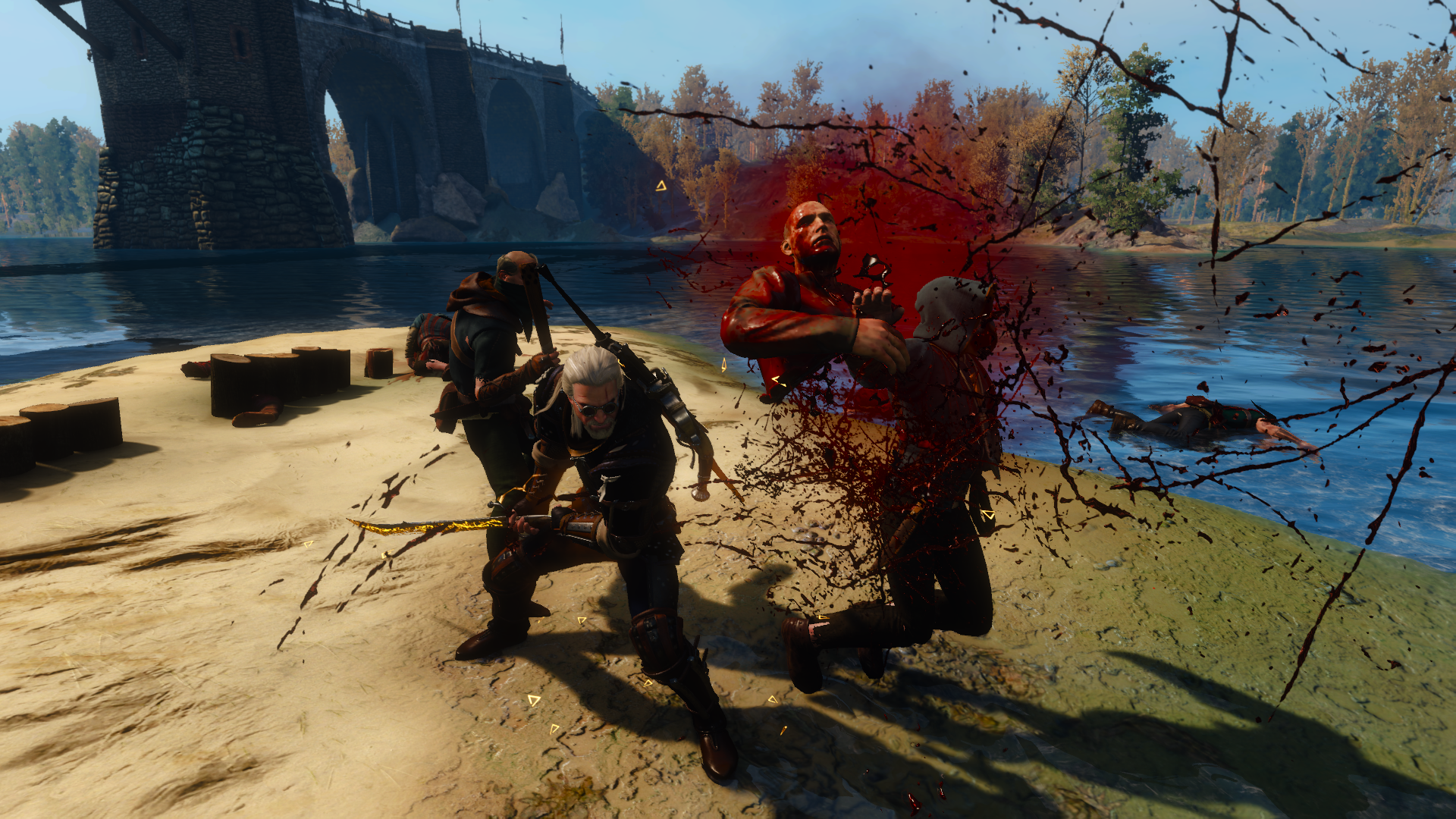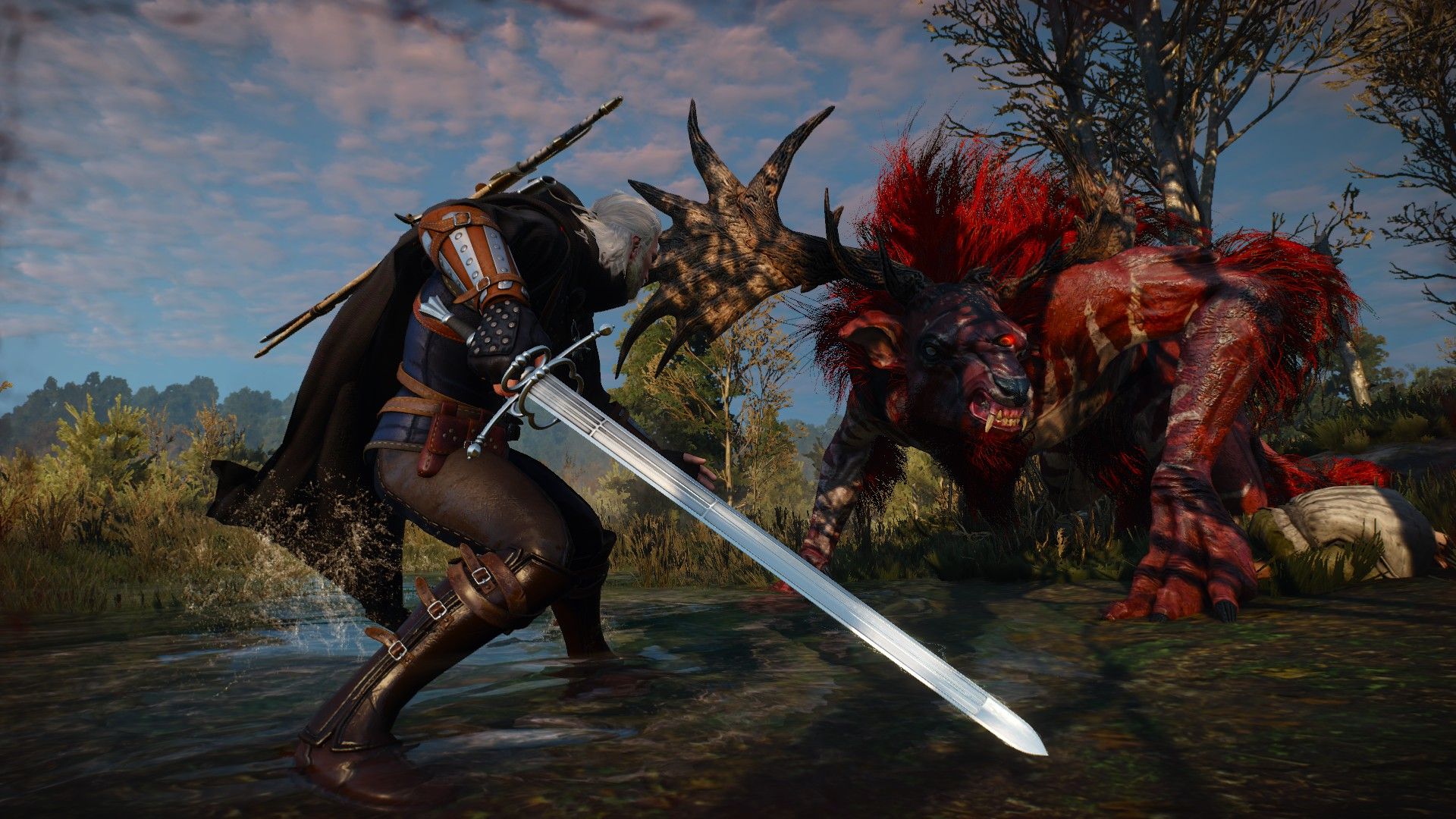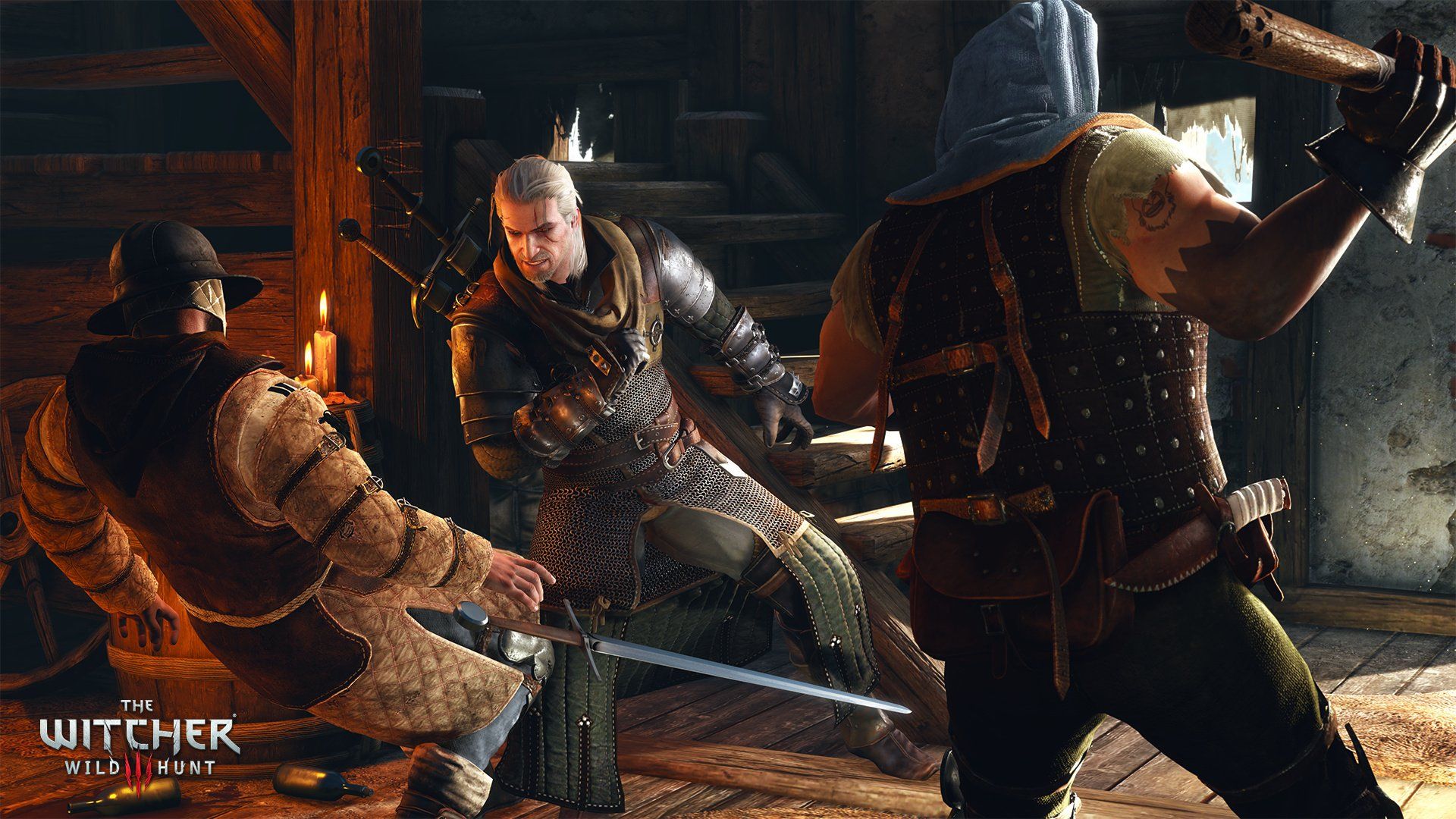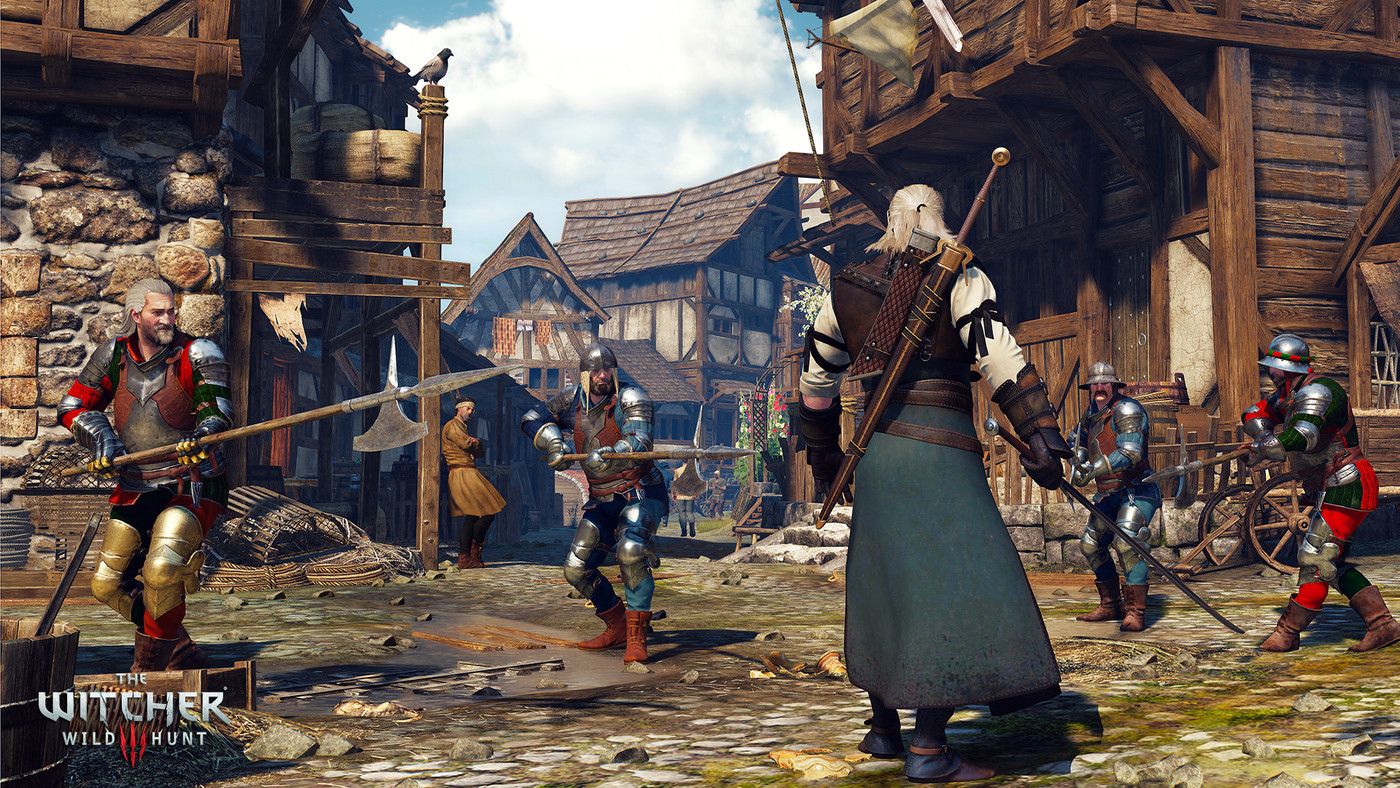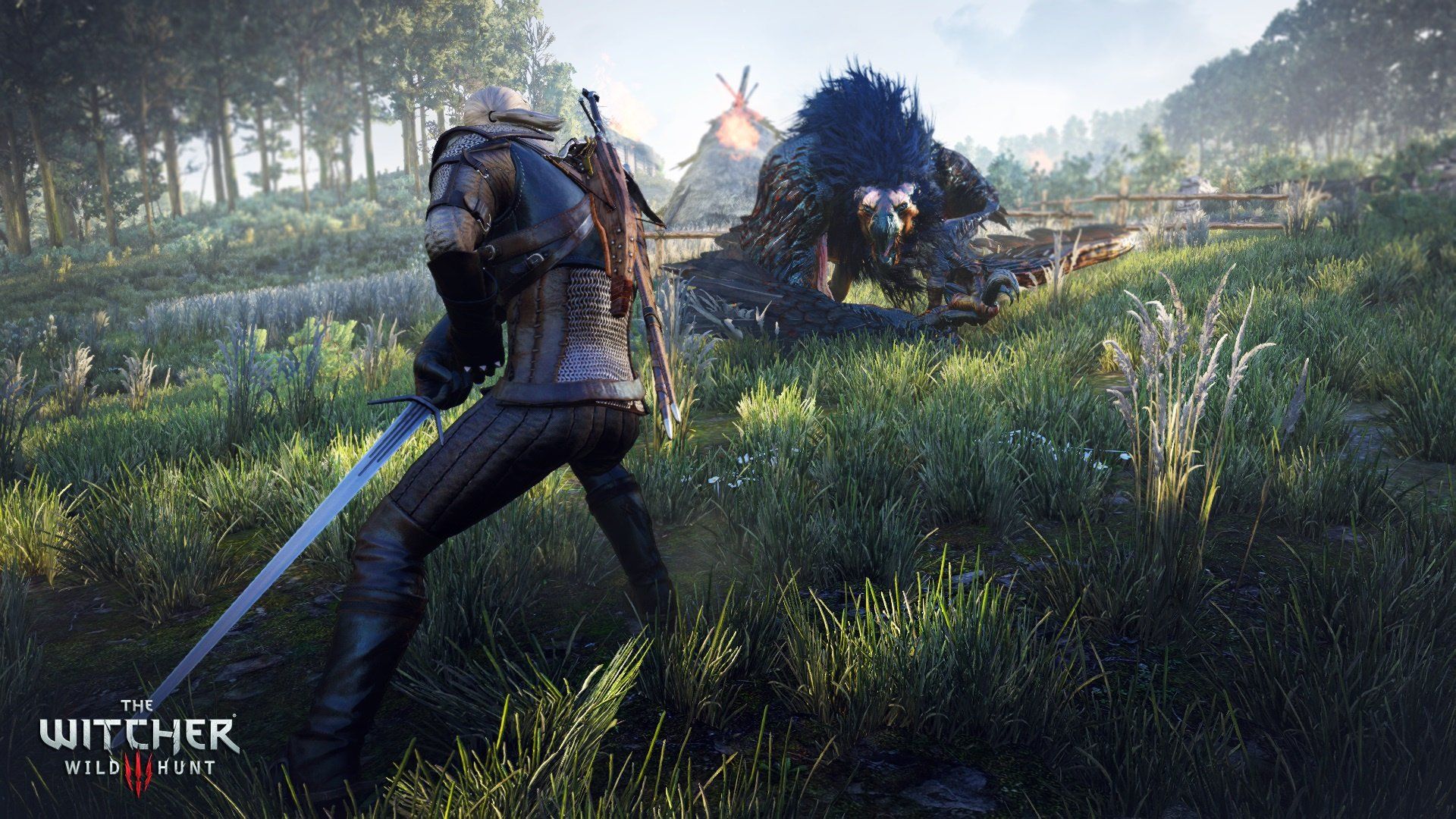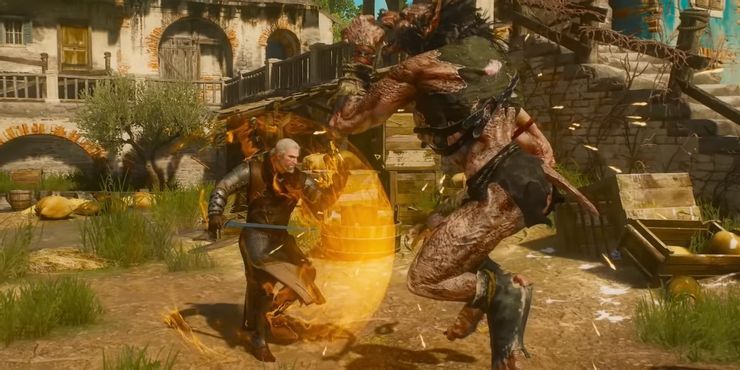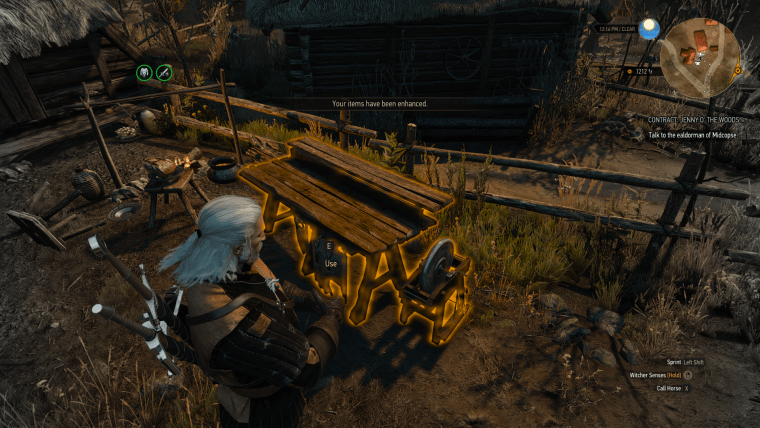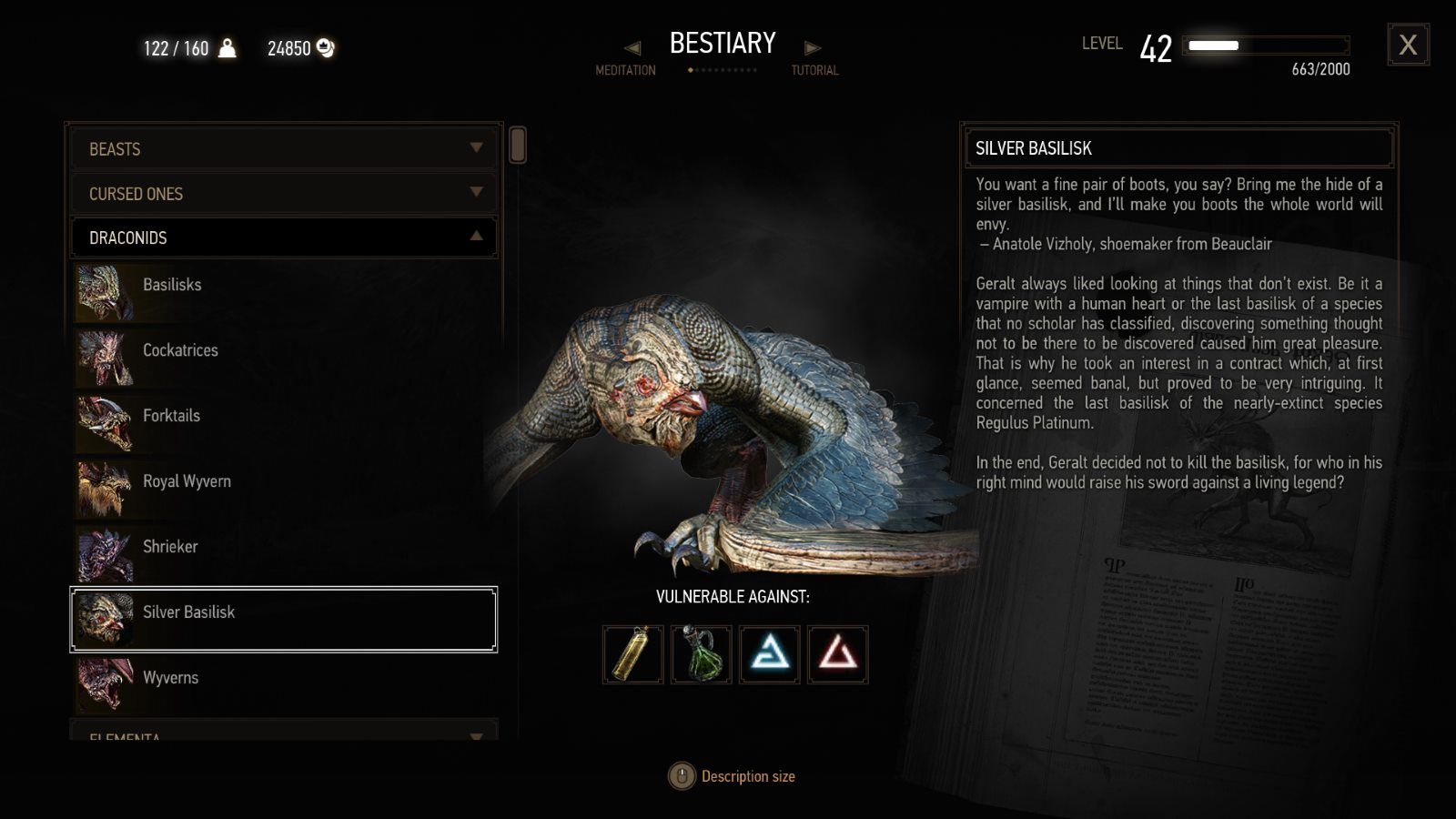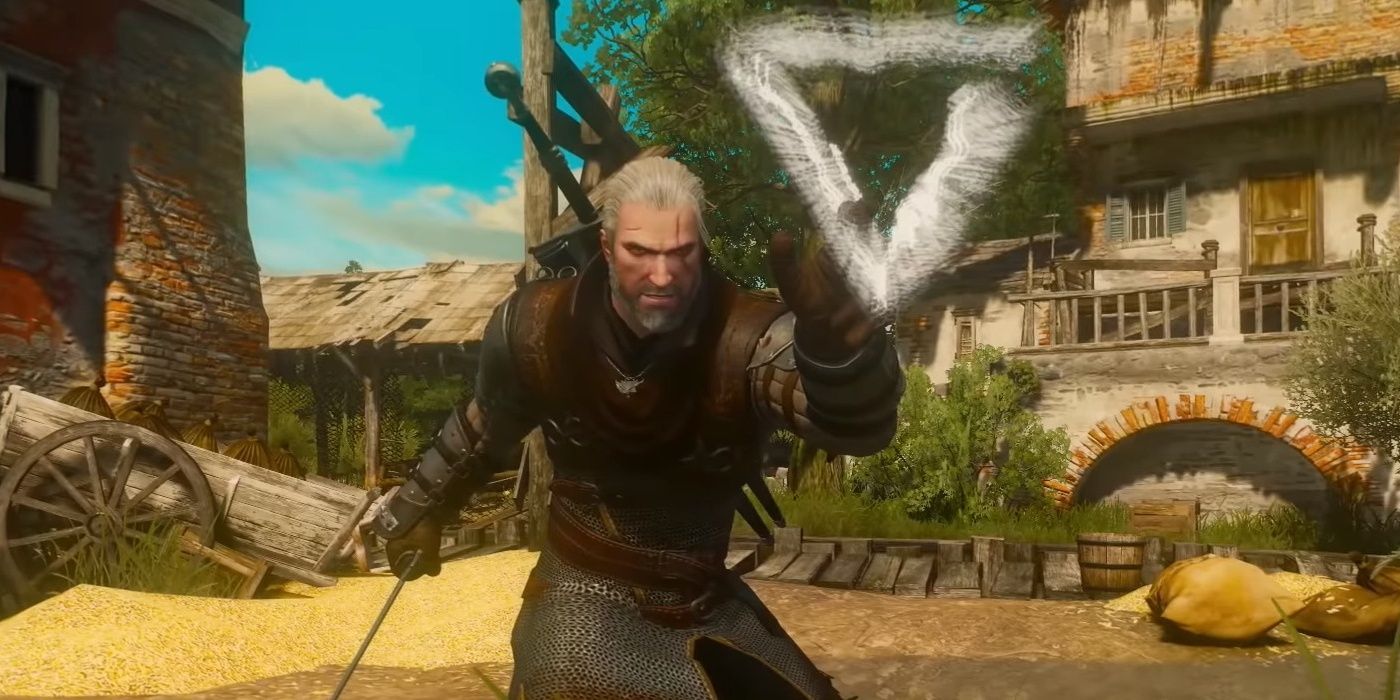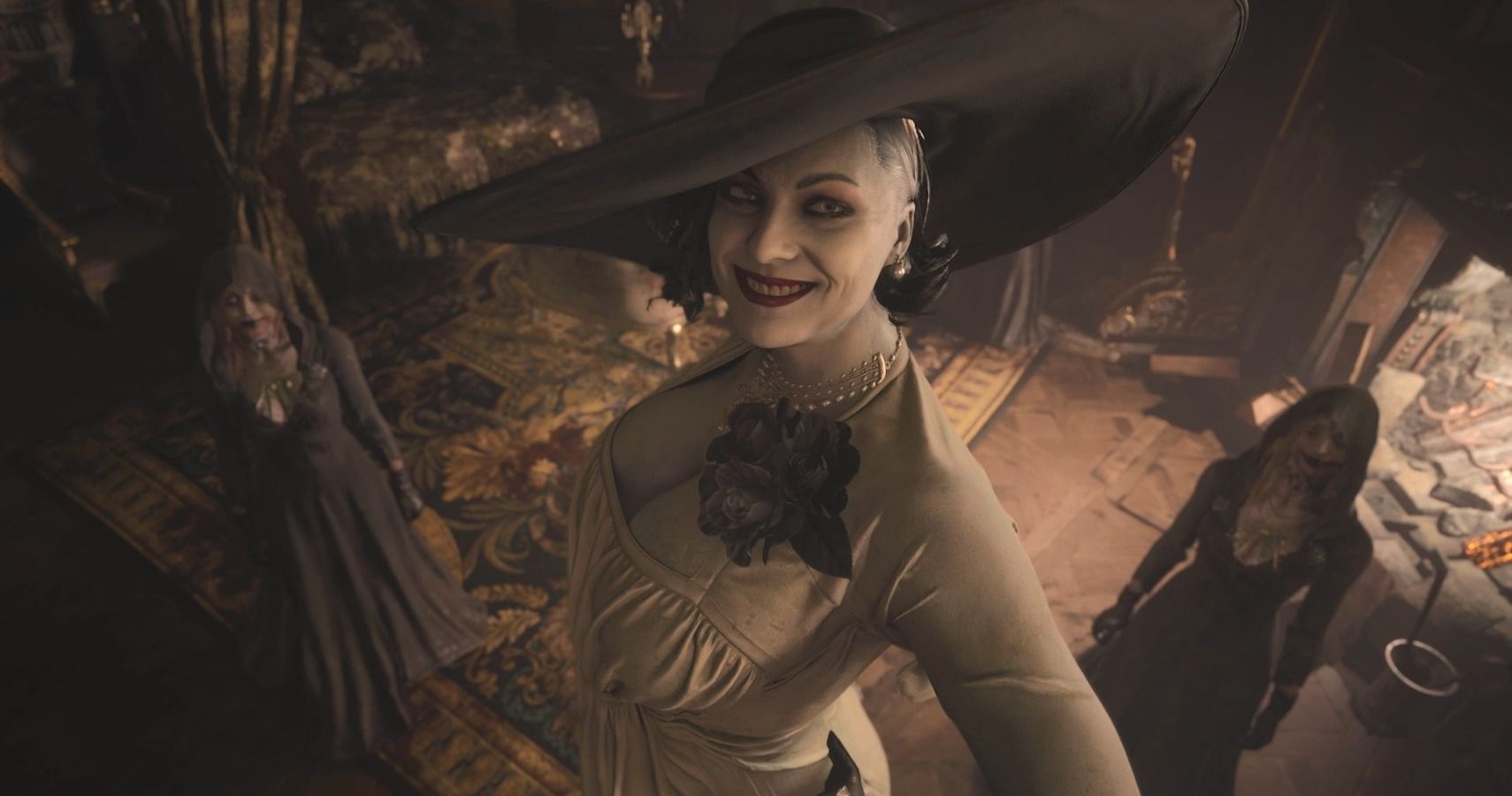The Witcher 3’s combat system has taken a lot of flak over the years. But it is a highly intricate set-up with a plethora of factors that can make or break a battle. With two swords, a crossbow, a variety of bombs, and a selection of magical signs to utilize, there are countless combinations and nearly limitless tactical customizations.
Of course, with so many possibilities come boundless chances for error as well. If you are among those who have condemned the game’s battle mechanics or have found yourself rage quitting on more than one occasion, know you are not alone. Mastering the combat system requires flexibility for each unique situation Geralt finds himself in. It can be downright infuriating when you don’t know what you’re doing wrong. So to alleviate the frustration, here are the most common combat mistakes you’re probably falling prey to.
Don’t Roll So Much. You’re Not a Hedgehog
There’s a time and place for every maneuver Geralt can execute in this game, and none of them should be spammed. Rolling is no exception. Its chief purpose is to avoid the wide attack spans of large enemies such as Griffins, Wyverns, and a certain toad prince from the Heart of Stone DLC.
Rolling carries you farther than dodging. This means it’s good when you need to reposition for a more strategic vantage point, but it sacrifices possible openings for attacks after evading the enemy.
Rolling also halts precious stamina regeneration, which is super important to keep in mind when you need to rely on sign usage against certain enemies. Rolling away from wraiths when it’s vital to keep your Quen sign up and lay endless Yrden traps is a big no-no.
‘Fists of Fury’ Doesn’t Mean A Flurry of Fists
In Fistfights, parrying is your best friend. Geralt is patient and agile, but he’s not exceptionally brawny, so he shouldn’t haul away on the often extremely bulky brawling competitors.
Instead, putting distance between Geralt and his opponent is the best approach. It causes the opponent to become the aggressor, shuffling and lunging at Geralt. This gives the witcher a window to time his parry correctly and creates an opportunity for him to land a few blows. Parrying is also a viable tactic for Geralt’s random scuffles with unarmed ruffians and town drunkards.
Writing Off The Crossbow or Attempting To Aim Manually
The crossbow is vital in several circumstances. In fact, it is Geralt’s only defense when he is steering a boat or submerged underwater. It is also his only means of knocking aerial monsters out of the sky aside from casting Aard (which is admittedly a super fun approach).
However, unlike some other games, Geralt’s auto-aim is far superior to manual aiming. As long as you point him in the general direction, Geralt’s heightened witcher vision guarantees the shot. Not to mention his lightning reflexes lock onto the target faster than we ever could, saving precious seconds where we might lose the shot.
This Isn’t A Hack ‘N’ Slash Game
As stated previously, The Witcher 3’s combat system is far more in-depth than a one-dimensional hack ‘n’ slash game – despite the absolute slaughter depicted above. Geralt’s fighting style is extremely tactical, and his patience is boundless, so don’t aggro enemies; the threats Geralt faces are aggressive enough.
Instead, wait for enemies to advance, then dodge (side-step; no hedgehog rolls) their attack and counter with two or three strikes of your own. By side-stepping, Geralt can sometimes maneuver behind the enemy for an execution-style kill. At the very least, the assailant will be thrown off balance by their own momentum, leaving them unable to protect themselves from a deft blow to the side.
If you settle into this flow, you will find Geralt methodically whittling away his opponent’s health bar, no matter how tanky they are. Of course, certain enemies will require additional magical tactics or crowd control, but this is a good combo to nail down for common foes such as humanoids and small monsters.
Spamming Sword Attacks
Waiting for an opening is always the best approach, but it is absolutely critical when taking on multiple enemies. When singling out an enemy within a group, always assume Geralt will be attacked by others when he goes in for his target. Here, the best attack pattern is to rush the target, strike one to two times only, then dodge away as the others move in.
Crowd control tactics like Aard’s knockdown or Igni’s chance to inflict burning will also help keep multiple assailants from overwhelming Geralt. But it’s still not advantageous to get tunnel vision on a single enemy or work yourself into a blind fury of wild sword swipes.
Parrying When Surrounded
A well-timed parry is a great tactic to throwing a foe off balance and creating an opening for Geralt to land a few strikes, but parrying also leaves him open to other assailants. That makes it a dangerous maneuver when enemies are swarming Geralt.
Instead, try some of the crowd control tactics mentioned above, or side-stepping behind them again. Geralt’s dodge allows him to move through crowds with unbelievable agility and allows for a wide range of follow-up maneuvers.
Biting Off More Than You Can Chew
Whether you’ve been leaving yourself open to flanking maneuvers or not, Geralt shouldn’t be engaging giant groups all at once under any circumstance. With Geralt’s patient fighting style, he shouldn’t rush into any battle, but especially not against groups of four or more.
Instead, he should utilize the classic divide and conquer tactic by dispersing the threat. Geralt can accomplish this in several ways. For instance, confounding one with Axii, or inflicting burning on a group so that they panic and cannot act, let alone counter his attacks. You could also try luring enemies away one by one with bolts from the crossbow.
When facing a mixed group of melee and ranged human enemies, Geralt can separate the two units fairly easily. First, edge the melee fighters out of the archers’ range, take them down with various crowd control means, and then rush the archers when the heavier threat is quelled.
Be Conscious of When You’re Auto-locked
Locking onto a specific target when fighting groups makes Geralt’s attacks super inefficient and actually gets him killed more times than not. Having the ability to attack one enemy, then spin around to attack a different threat immediately is crucial in this monster-ridden world, especially when most threats come in packs.
Locking onto larger enemies in a one on one battle is extremely beneficial, however, as it negates the need to adjust the camera in order to keep track of Geralt’s opponent.
Underestimating The Use of Quen
It would be best if you had an active Quen shield up as often as possible. The game rewards smart, thoughtful tactics and is extremely unforgiving of rash mistakes or carelessness. Quen allows for a few missteps without the harsh consequences and guards your back if you lose track of an enemy or are ambushed somehow.
Not Preparing Before Battle
Battle Preparation is another crucial factor in The Witcher 3. Always be sure to save the game before a big battle. Saving often in general is a good habit to develop in this game.
Meditation is also a healthy habit to form, but not for centering Geralt’s mentality per se. On lower difficulties meditating will restock potions, oils, and bombs, all of which are pertinent in turning the tides of battle.
Remember to also enhance your gear on workbenches and grindstones when you know you have a big battle coming up. It gives you fifteen minutes of extra protection and damage buffs.
You might even take a look at your current skill build and trade out some active abilities to maximize Geralt’s effectiveness for a particular circumstance if you know what lies ahead.
Not Repairing Your Weapons
Once the warning diagram pops up with Geralt’s gear in red, it’s already overdue for repair. If it’s gotten to that point, Geralt might as well be running around naked, beating enemies with a stick. It’s wise to keep a healthy stock of repair kits in the inventory and visit Armorers and Blacksmiths often to keep his gear in prime condition.
Not Researching Your Opponent
The Bestiary is your best friend for all encounters. Sure, there’s a bit of trial and error running into an unknown enemy. But once Geralt has conquered the new threat, it will pop up in the Bestiary with all its weaknesses spelled out for you. By the time you start diving into the expansion, the Bestiary is basically an encyclopedia divulging the most efficient way to slaughter any enemy.
Using Signs At The Wrong Time
The signs generally have specific instances and opponents they are most effective against. For example, Yrden is considered by most to be exclusively useful in forcing wraiths and the like into their corporeal forms. Axii is considered most effective on enemy mounts and humans, while many would say it’s a waste of time on pea-brained monsters such as Trolls.
Aard and Igni come in handy against a wide array of foes. However, Aard is fairly ineffective against larger enemies with a stout center of gravity, and Igni won’t do much against monsters that utilize flame themselves. For a more in-depth explanation, take a look at the best and worst enemies to use each sign against.
This article would never end if we covered every way you could optimize your approach to each widely varied combat situation in The Witcher 3. However, these are the most common errors and oversights people make when trying to master Geralt’s intricately flexible battle tactics. Hopefully, you found these insights helpful enough to spare your controller or keyboard from another rage quit fit.
NEXT: Watch Japanese Sword Experts Re-Enact Combat Moves From The Witcher
- Guides
- The Witcher 3
Kim is a freelance writer for TheGamer. She recently began writing online articles in the summer of 2019 when she was approached on Discord to contribute some articles and guides for Wizards Unite World. Kim is a fan of fantastical genres, some of her favorite titles including Harry Potter, The Lord of The Rings, and The Witcher. She’s a bookish Ravenclaw eccentric, with an inquisitive sense for adventure. Kim seeks to use her writing as a means to travel and explore, hoping to share her findings and spread curiosity.
Source: Read Full Article
